We may earn money or products from the companies mentioned in this post. This means if you click on the link and purchase the item, I will receive a small commission at no extra cost to you … you’re just helping re-supply our family’s travel fund.
You go looking for facts and find voices that feel present and urgent. These museums and cultural sites use modern storytelling, digital archives, and community-driven interpretation to center Black lives. You will stand near artifacts, walk historic grounds, and hear stories told directly by those who carry them. Plan time to sit with difficult rooms, breathe outside, and notice how both past and present are reframed for a fuller history.
National Museum of African American History and Culture, Washington, D.C.
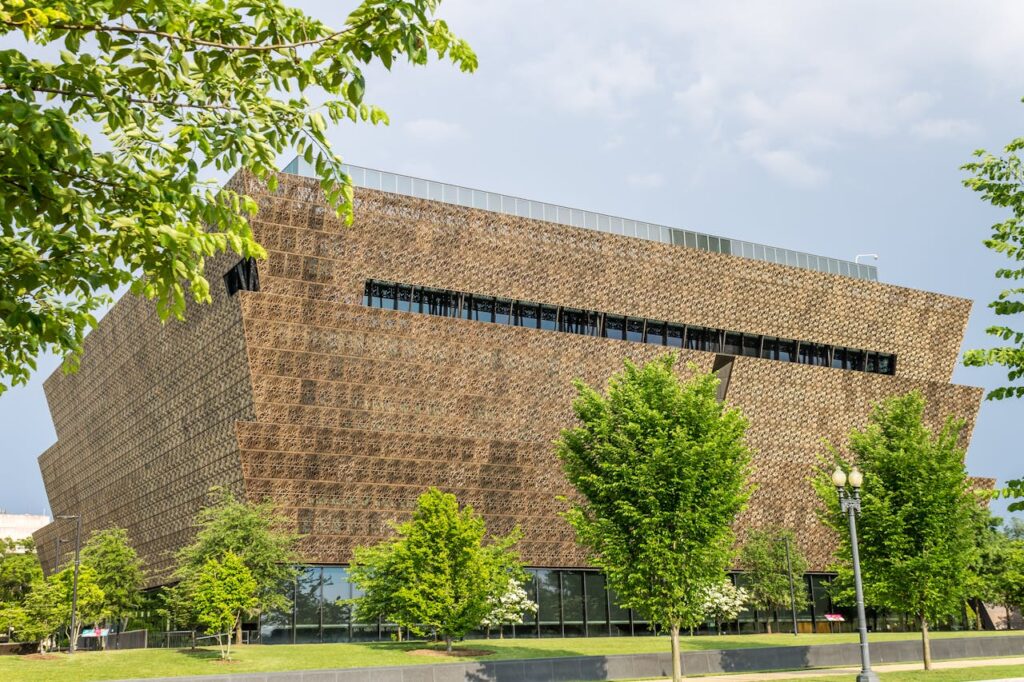
You ride the elevator down to the 1400s and rise through centuries of labor, creativity, and joy. Galleries layer ship logs, lunch counter stools, and home videos until dates turn into lives. The Contemplative Court gives you water, shadow, and quiet after heavy rooms. Plan at least half a day and book timed entry early. End upstairs with music, sports, and everyday brilliance so the arc you walk includes delight, not only pain.
National Civil Rights Museum at the Lorraine Motel, Memphis, Tennessee
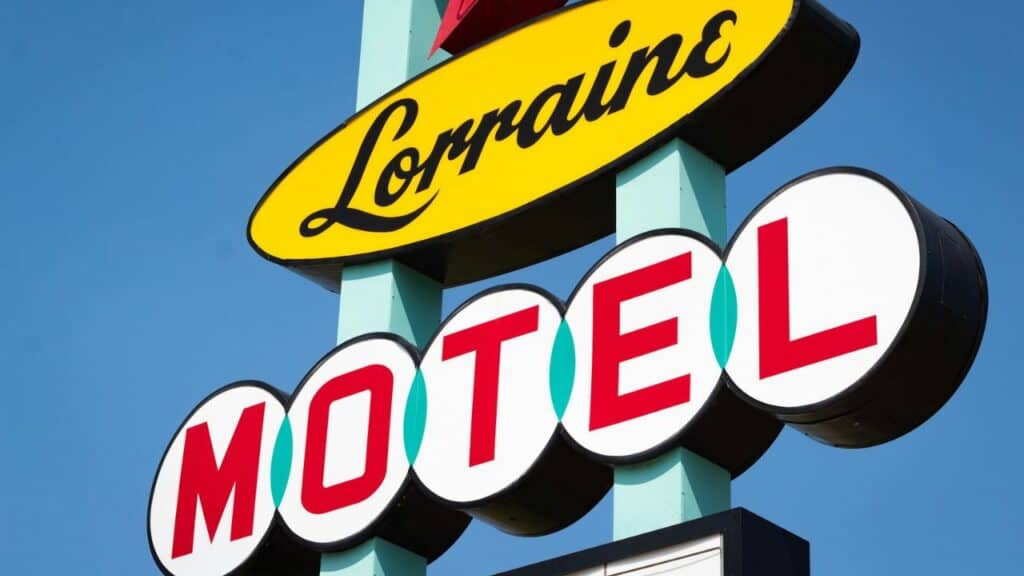
Here the movement unfolds room by room, then narrows to a balcony that still stops time. Exhibits blend oral histories, news footage, and organizing tools to show how ordinary people built extraordinary change. You trace the road from bus boycotts to marches and sit with the reality of violence and courage. Near Room 306, the quiet deepens. Walk the block after your visit and let Memphis add its rhythm to what you just learned.
The Legacy Museum and National Memorial for Peace and Justice, Montgomery, Alabama
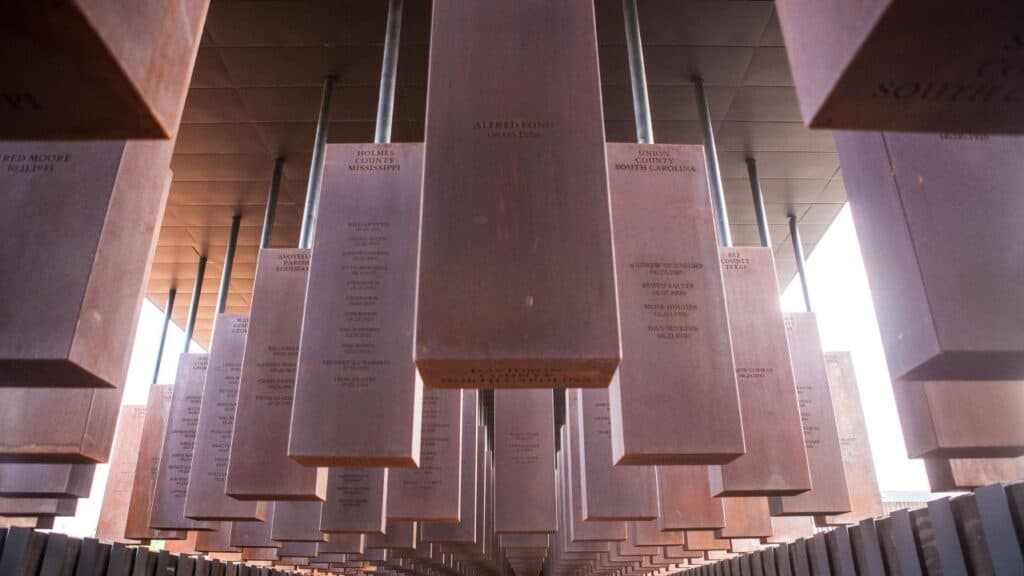
Montgomery connects past to present with clarity you feel in your chest. The museum aligns slavery, Jim Crow, and mass incarceration through documents, testimony, and careful design. Then the memorial names victims of racial terror lynching on weathered steel columns that hang like a public reckoning. Take your time, read county names, and consider how memory becomes action. Leave with resources to learn more and ways to support local work.
Charles H. Wright Museum of African American History, Detroit, Michigan
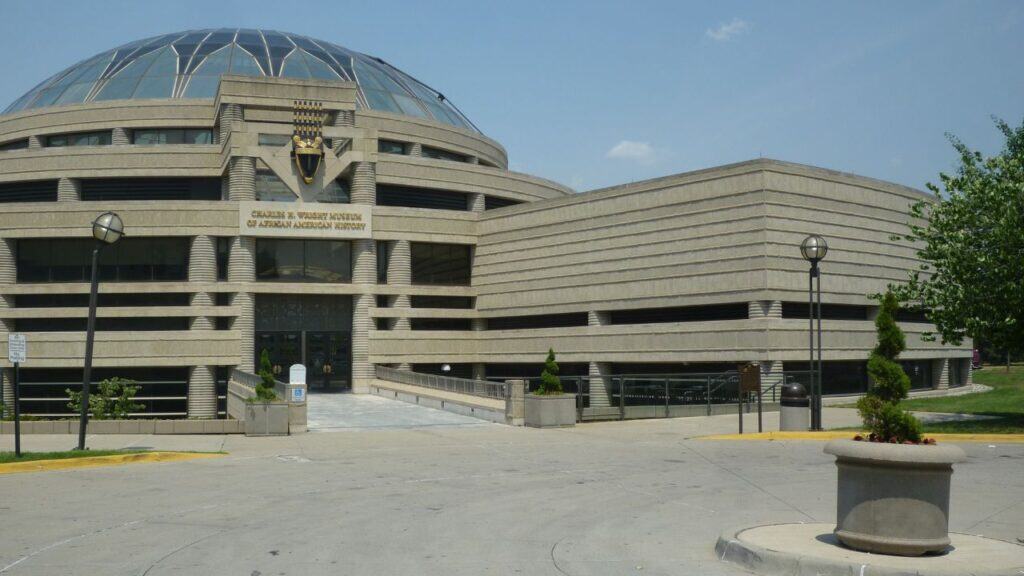
The Wright feels wide in scope and close in tone. The signature exhibition moves from the Middle Passage to Motown with objects that make timelines breathe. In the rotunda, the Ring of Genealogy places names under your feet so memory becomes a circle you stand inside. Docents add nuance, and rotating art shows keep the conversation current. Pair your visit with Detroit murals and music history to hear the city answer back.
DuSable Black History Museum and Education Center, Chicago, Illinois
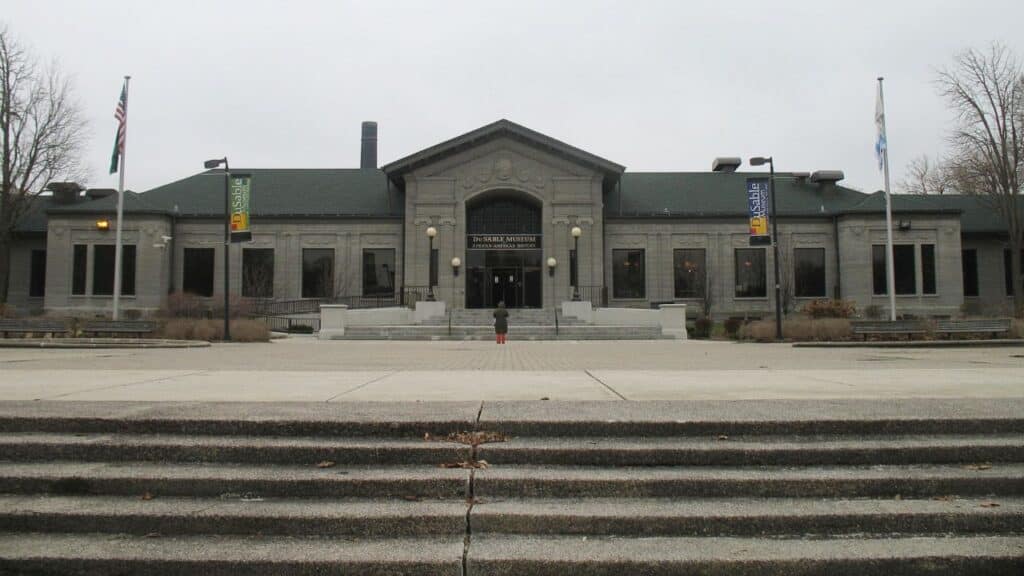
Chicago’s DuSable links national currents to neighborhood stories with shows that feel alive to the moment. You might see archival photos beside contemporary art or a classroom buzzing with a workshop. The focus is learning that travels home with you. Washington Park outside slows the day and frames the building in community. Check the calendar for talks and family programs. You will leave with names to read and places to find.
Schomburg Center for Research in Black Culture, New York, New York
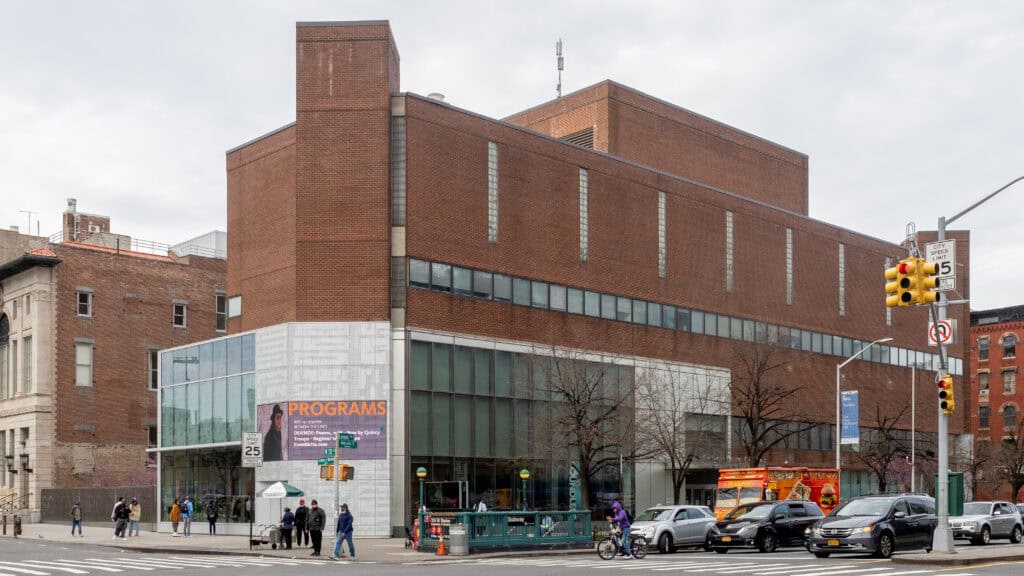
Part research library, part gallery, fully essential. The Schomburg reframes history by holding rare books, photographs, and art while curating exhibitions that challenge traditional archives. Public programs bring contemporary artists and scholars into conversation, and its Digital Schomburg lets you explore long after your visit. Step out into Harlem, where food, music, and bookstores keep the lessons alive in the neighborhood itself.
National Underground Railroad Freedom Center, Cincinnati, Ohio
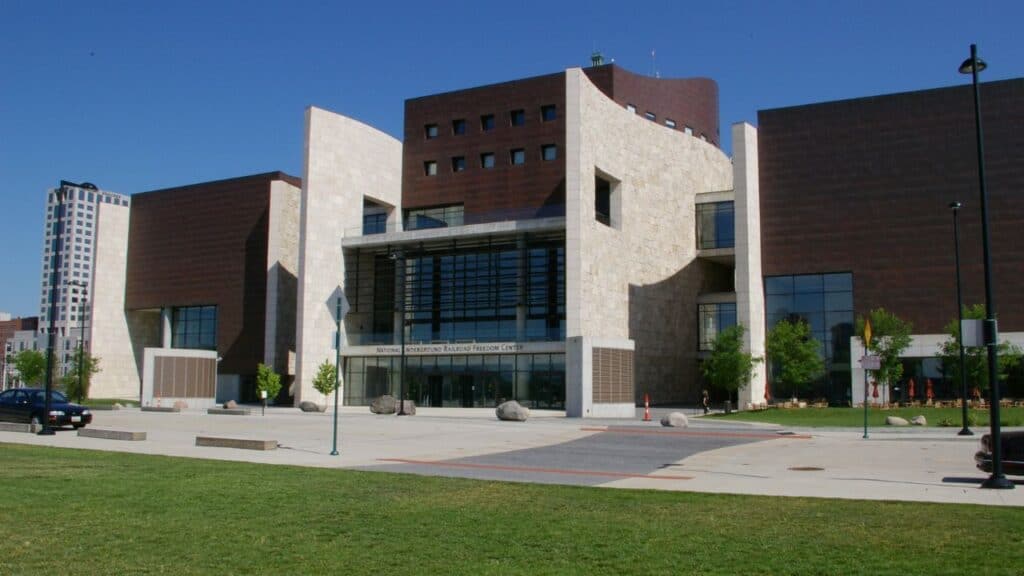
On the Ohio River, geography sharpens the story. Permanent exhibits place you inside choices made under risk, then connect those histories to modern human trafficking so the work feels unfinished and urgent. Stand in the reconstructed slave pen, then look across the water to Kentucky and imagine the night crossings. Plan time for films and rotating shows. A river walk after the visit helps the details settle into place.
Whitney Plantation, Wallace, Louisiana
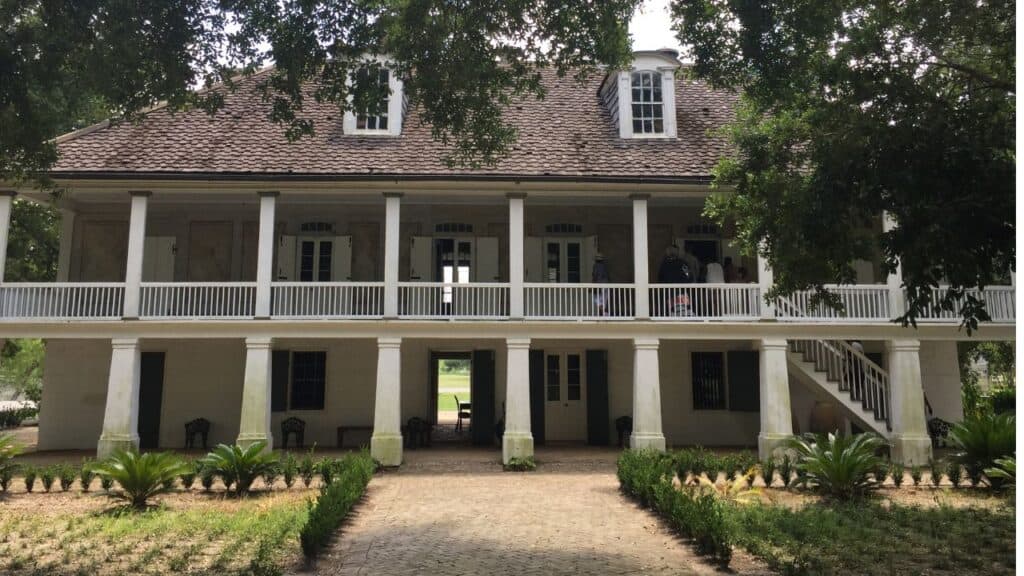
Whitney is a historic site with museum interpretation that shifts focus from the planter’s house to the lives of the enslaved. Tours move through cabins, a church, and memorials carved with names and ages, while guides speak directly about work, punishment, resistance, and survival. The Field of Angels honors children lost in bondage, offering a rare narrative told from the perspective of the enslaved. Memory here becomes both personal and historic.
African American Museum in Philadelphia, Pennsylvania
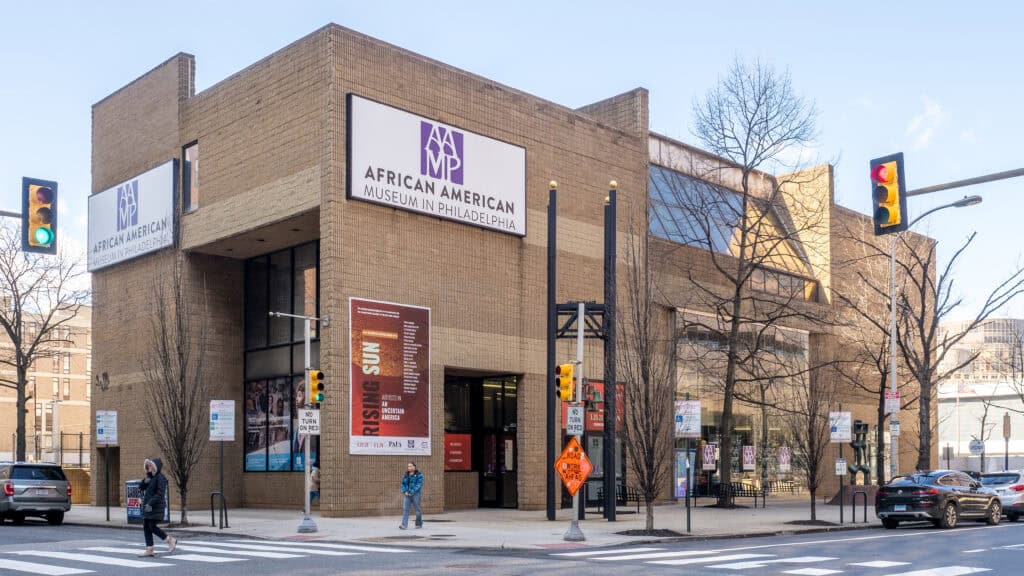
AAMP sits near the Liberty Bell and broadens the meaning of freedom with exhibitions that link Philadelphia lives to the wider diaspora. Rotating shows highlight artists, activists, and archives that complicate tidy timelines. Weekends bring talks and performances that invite questions more than conclusions. Plan your visit to connect with nearby sites, then carry the city’s layered stories into your evening walk and dinner conversation.
Other Blog Posts You Might Enjoy
www.idyllicpursuit.com (Article Sourced Website)
#U.S #Museums #Reframe #Black #History #Modern #Visitors #Idyllic #Pursuit
